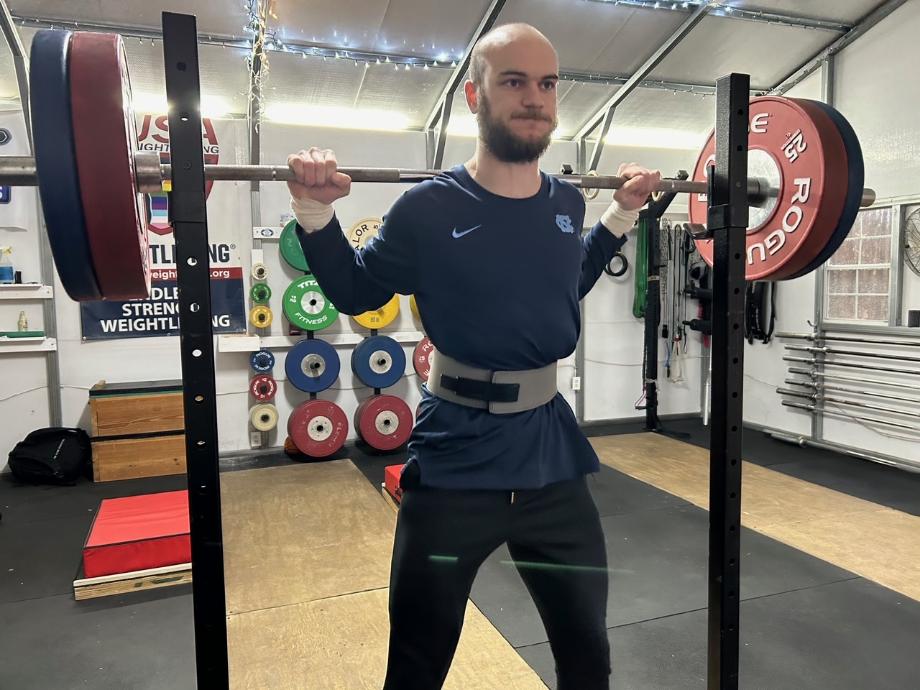We test and review fitness products based on an independent, multi-point methodology. If you use our links to purchase something, we may earn a commission. Read our disclosures.
Whether your fitness goal is to build muscle, lose weight, or build strength, the number of weekly training sessions you perform is important. Too little and, likely, you won’t see the results you’re looking for, but too much and you’ll run the risk of overtraining and potentially getting injured.
As a certified personal trainer (CPT), I’ve helped people of different fitness levels reach their goals. One of the first things I look at with clients is their training frequency. Of course, this isn’t the only factor you should consider, but increasing or decreasing the number of workout sessions you perform each week can make a significant difference.
I’m here to help answer the question, “How often should you work out?” So, I’ll explain the minimum activity levels an average adult should adhere to. Then, I’ll give you the guidelines on working out for muscle gain and weight loss. To finish, I’ll describe the importance of working out and all the fantastic benefits you’ll get.
So, pause those reps for a few minutes, and let’s begin!
How Much Should the Average Adult Work Out?
According to the Centers for Disease Control and Prevention (CDC1), adults need at least 150 minutes of moderate-intensity physical activity weekly. Additionally, adults should do at least two days of muscle-strengthening activity each week. It’s worth noting that this is a minimum requirement, and going above and beyond may help you to reap the benefits of exercise to a greater extent.
Here are a few examples of this. You can go to the gym and do a full-body compound workout three times a week (Monday, Wednesday, and Saturday), and on your non-gym days, take a brisk walk for 40 minutes (for a total of 160 minutes). Alternatively, you can exercise at home every weekday, Monday through Friday, then rest over the weekend. Each session will consist of a combination of a resistance band workout and cardio exercises at home.
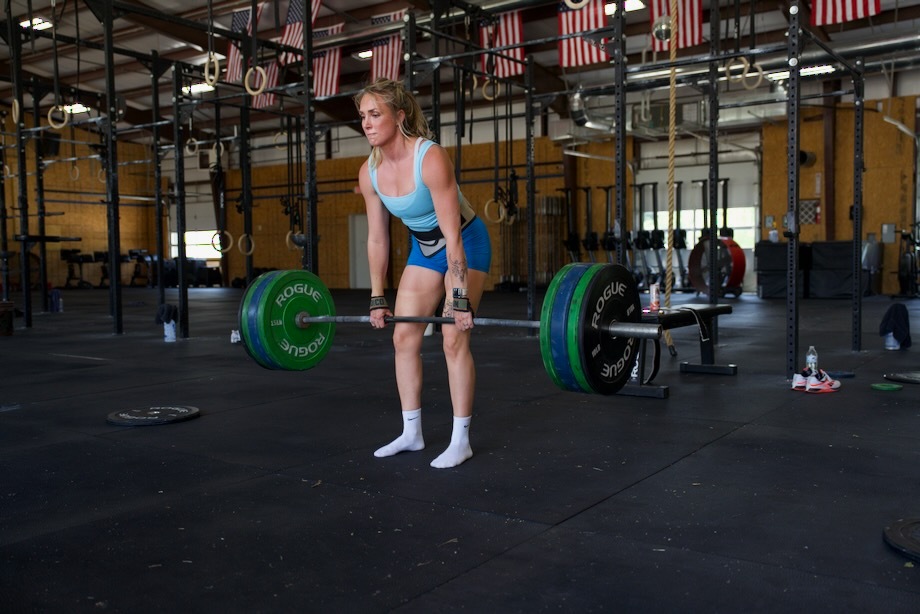
Both options have different paces and intensity demands but still fulfill the CDC requirements.
How Often Should You Work Out To Gain Muscle?
You’ll want your training sessions to focus primarily on lifting weights to build muscle. However, adding in some aerobic activity is also important. See below:
Strength Training
Aim for at least two full-body strength training workouts weekly if you’re a beginner. Three is better for muscle-building, but a 2016 Sports Medicine2 review found that “Major muscle groups should be trained at least twice a week to maximize muscle growth.” As a certified personal trainer (CPT), I suggest including compound exercises such as bench presses, deadlifts, squats, lunges, bodyweight pull-ups, and push-ups in your workout plan.
Once you’re past the beginner stage, your body needs to exercise more than two times a week. In our guide on how many sets per muscle group per week, I discussed that trained individuals can do as high as 20 sets per muscle group per week for muscular hypertrophy, especially for the larger muscle groups such as the quads, hamstrings, chest, and back.
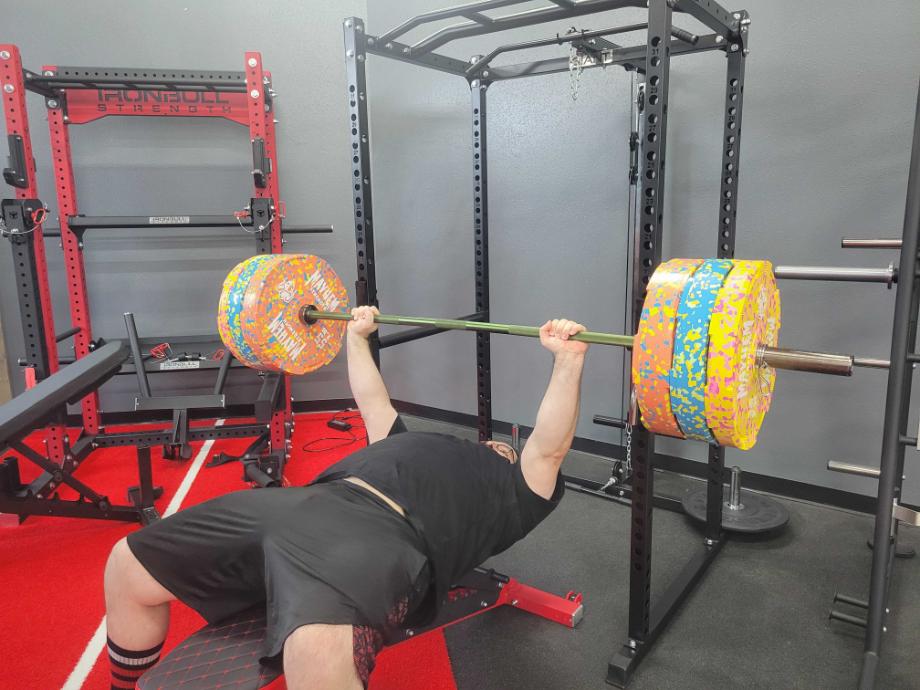
This will require you to work out between three and six times per week, depending on your fitness goals and how long each session is. Your workout routine may look like this:
- Monday: Push Day
- Tuesday: Pull Day
- Wednesday: Leg Day
- Thursday: Rest
- Friday: Push Day
- Saturday: Pull Day
- Sunday: Leg Day
RELATED: Push, Pull, Legs Routine
Or, it could look like this:
- Monday: Upper Body
- Tuesday: Lower Body
- Wednesday: Rest
- Thursday: Upper Body
- Friday: Lower Body
- Saturday: Active Rest
- Sunday: Active Rest
There are, of course, many different workout schedules that you can implement, but it’s important to find one that you enjoy and can stick with.
Cardio
Some bodybuilders would argue that cardio isn’t necessary if your fitness goal is to increase your muscle mass, but I beg to differ. For a healthy lifestyle, cardio is important because the benefits of cardio include less stress, better sleep, increased heart health, a boosted immune system, and more.
That said, you don’t want to prioritize cardiovascular training over resistance training. Two sessions of 20 to 30 minutes weekly on your favorite cardio machine (for example, a treadmill or elliptical trainer) is sufficient. Personally, I would avoid HIIT training or interval training altogether, and instead, do moderate-intensity, steady-state cardio.

RELATED: Steady State Cardio vs. HIIT
So, when should you do this? Great question. There are two choices. You can do your aerobic exercise session after lifting heavy weights or do it on a separate day. I prefer the former, even though it means that some of my training sessions are longer. Otherwise, you’ll need to work out nearly every day of the week for muscle gains, and I believe spending some time away from the gym, too, is important for adherence.
To summarize:
- Beginners should aim for a minimum of 2 strength training sessions and 2 cardio sessions per week (you can do strength training and cardio in the same workout)
- More experienced lifters should do 3 to 6 strength training sessions and 2 cardio sessions per week (you can do strength training and cardio in the same workout)
- Avoid HIIT training or interval training and focus on moderate-intensity, steady-state cardio
How Often Should You Work Out To Lose Weight?
For weight loss, first, you’ll want to remember that being in a calorie deficit is just as important as your cardio and strength training exercises. That said, here’s my expert advice:
Strength Training
Muscle burns more calories than fat, so make sure to include strength training sessions in your weekly routine. How many times a week? It depends on how much you enjoy it. If you’re like me and love to lift, I’d suggest between three and six strength training sessions weekly, similar to the schedule I shared above.
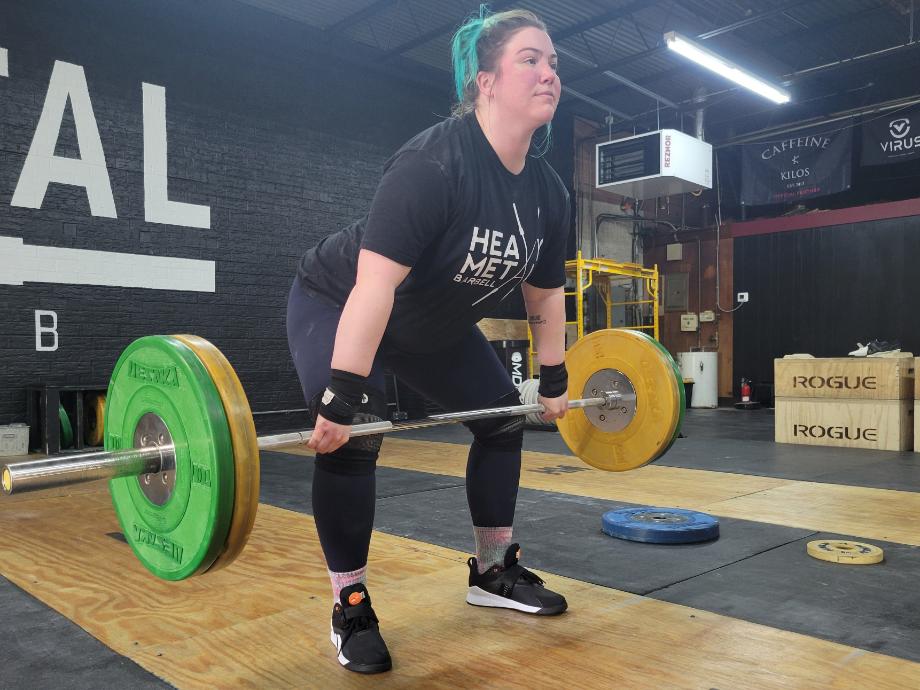
As a minimum, however, I recommend two full-body workouts weekly. This gives you enough free time to do other exercises you enjoy (see below), and time to rest so that you’re not overtraining and can recover from muscle soreness. You’ll want to include multi-joint exercises such as squats, dumbbell bench presses, deadlifts, pull-ups, and military presses.
Cardio
If you’re doing more strength training, you’ll have less time to do cardio. Still, aim for two 20- to 30-minute sessions per week because of the overall health benefits you’ll get from cardiovascular training. You can do this immediately after your weight training workouts or on separate days.
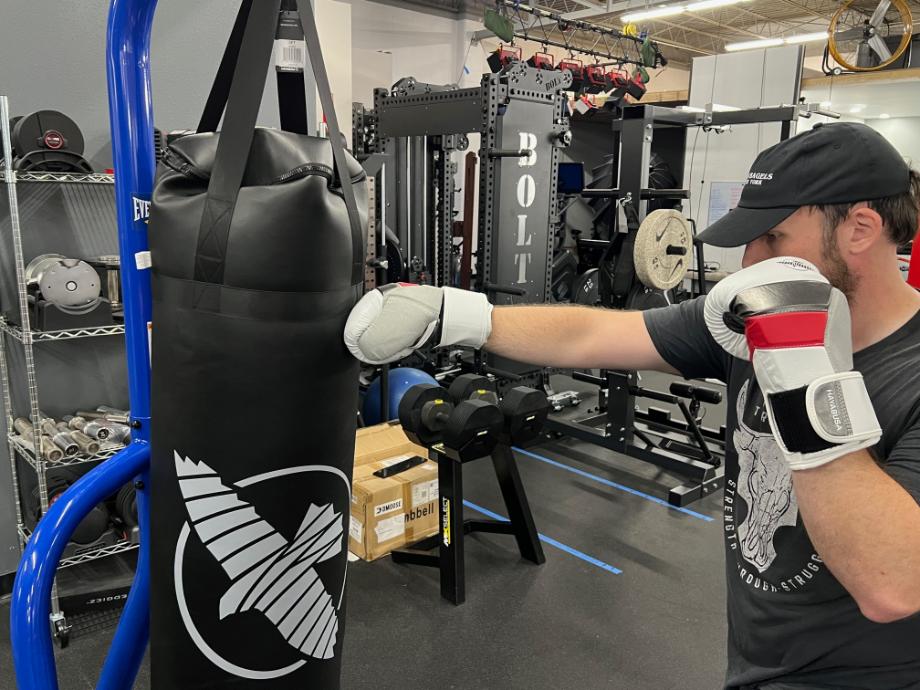
For those who prefer cardio to resistance training and want to do a minimum of two strength training sessions weekly, choose cardio workouts you enjoy on the other days. This could be running, cycling, swimming, HIIT workouts, kickboxing, etc. The most important thing is increasing your heart rate and burning calories because it’s necessary for weight loss.
To summarize:
- Work out anywhere between 3 and 6 times per week to lose weight, but the most important thing is being in a calorie deficit
- If strength training is your preferred activity, do more of it, but include two 20 to 30-minute cardio sessions in your weekly routine
- If cardio is your preferred activity, do more of it, but include 2 full-body strength training workouts in your weekly routine
What Are The Benefits Of Working Out?
I’m probably preaching to the choir, but I wouldn’t be doing my due diligence if I didn’t explain the benefits of a regular weekly workout regimen. Keep reading for more:
Helps Improve Your Physical Health
Regular exercise helps you to look better. But, apart from the aesthetic benefits, you’ll also have stronger bones, a healthier heart, lower blood pressure3, a boosted immune system, better mobility, and more. Some of these wellness benefits don’t come immediately—but speaking from experience—they’re worth it when they do.
Helps Improve Your Mental Health
Exercising helps to reduce stress, increase your confidence, alleviate symptoms of anxiety and depression4, and more. It does this by releasing endorphins—aka the natural chemicals that promote pleasure and well-being—into your body. If you’ve ever had time away from exercise because of an injury or life event, you’ll know how it feels not to have these benefits.
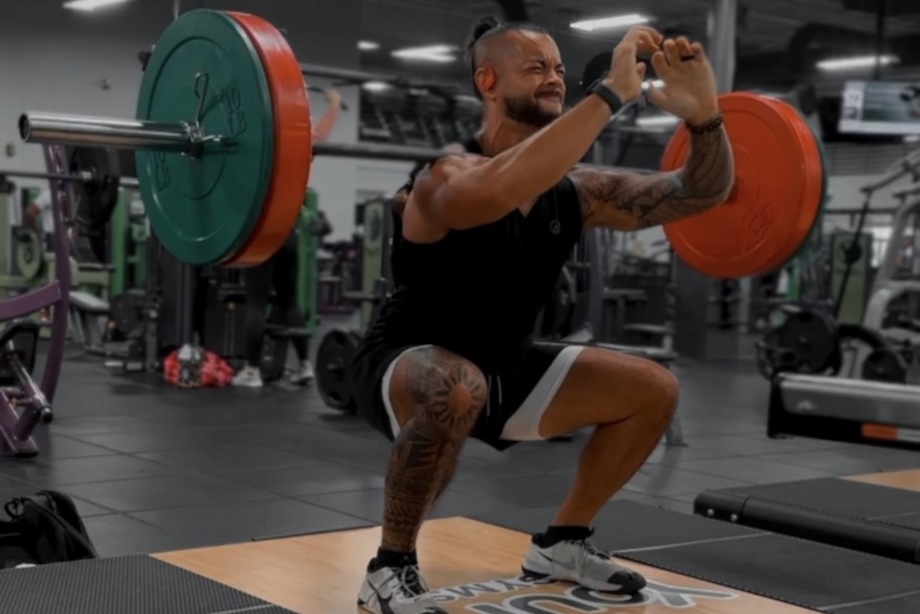
May Help You To Live Longer (and Better!)
A 2012 Journal of Aging Research5 review found that “Regular physical activity is associated with an increase of life expectancy by 0.4 to 6.9 years.” Not only this, but it’s likely that your quality of life will be better as you age because you’ll have more muscle, stronger bones, a better immune system, and improved mobility.
How Often Should You Work Out? Final Thoughts
The CDC1 recommends that adults do at least 150 minutes of moderate-intensity physical activity and two days of muscle-strengthening activity per week. Beginners should aim for at least two strength training workouts and two cardio workouts weekly to gain muscle. If you’re an experienced lifter, shoot for three to six strength training workouts and two cardio workouts.
If your fitness goal is weight loss, aim for three to six workouts per week and ensure you’re in a calorie deficit. You can do a minimum of two full-body resistance training sessions weekly, but feel free to do more if you enjoy it. Otherwise, perform cardio workouts, such as running, boxing, swimming, or HIIT.
If you need more guidance, consider hiring a certified personal trainer who can tailor your weekly programming to your fitness goals.
RELATED: Best Online Personal Trainer
How Often Should You Work Out? FAQs
Is working out 3 days a week enough?
Working out three days a week is enough if you’re unable to train more. However, your training sessions will likely need to be longer. For example, if you’re an experienced lifter and your goal is to build muscle, you’ll need to do both strength training and cardio in the same workout. To lose weight, you may need to exercise for a longer amount of time to ensure that you maintain a calorie deficit.
Is 30 minutes of exercise a day enough?
Yes, 30 minutes of exercise a day is enough, especially if you do it every day of the week. The CDC1 recommends at least 150 minutes of moderate-intensity physical activity and two days of muscle-strengthening activity weekly. You can, therefore, do 30 minutes of resistance training two times a week and do another activity (for example, brisk walking) on the other five days.
Is it good to work out every day?
It can be good to work out every day, but it depends on the activity, intensity, and duration. If you usually do intense workouts such as resistance training, HIIT workouts, running, or more, it’s important to take rest days to prevent injuries. However, on your days off, I’m all for low to moderate-intensity activity such as walking or yoga poses.
When should rest days be?
If you train for short periods (less than 30 minutes), and your workouts aren’t always intense, technically, you don’t need rest days. However, if you do more intense training such as strength, running, HIIT workouts, or boxing, you’ll want to take between one and three rest days per week to prevent overtraining and injuries. Everyone is different, but personally, I enjoy getting away from the gym on weekends.
RELATED: 10 Signs of Overtraining
References
- Centers for Disease Control and Prevention. (n.d.). Adult Activity: An Overview. CDC.
- Schoenfeld BJ, Ogborn D, Krieger JW. Effects of Resistance Training Frequency on Measures of Muscle Hypertrophy: A Systematic Review and Meta-Analysis. Sports Med. 2016 Nov;46(11):1689-1697. doi: 10.1007/s40279-016-0543-8. PMID: 27102172.
- Alpsoy Ş. Exercise and Hypertension. Adv Exp Med Biol. 2020;1228:153-167. doi: 10.1007/978-981-15-1792-1_10. PMID: 32342456.
- Noetel M, Sanders T, Gallardo-Gómez D, Taylor P, Del Pozo Cruz B, van den Hoek D, Smith JJ, Mahoney J, Spathis J, Moresi M, Pagano R, Pagano L, Vasconcellos R, Arnott H, Varley B, Parker P, Biddle S, Lonsdale C. Effect of exercise for depression: systematic review and network meta-analysis of randomised controlled trials. BMJ. 2024 Feb 14;384:e075847. doi: 10.1136/bmj-2023-075847. Erratum in: BMJ. 2024 May 28;385:q1024. doi: 10.1136/bmj.q1024. PMID: 38355154; PMCID: PMC10870815.
- Reimers CD, Knapp G, Reimers AK. Does physical activity increase life expectancy? A review of the literature. J Aging Res. 2012;2012:243958. doi: 10.1155/2012/243958. Epub 2012 Jul 1. PMID: 22811911; PMCID: PMC3395188.
Further reading

Most folks are familiar with back squats, but have you tried the hack squat? Find out how this squat alternative can help you achieve your goals now! Read more

There are 5 Diet-To-Go meal plans: Balance, Balance-Diabetes, Keto-Carb30, Mediterranean, and Vegetarian. Here’s a nutrition expert's opinion on each one. Read more

Wondering how to do a seated cable row? Our in-depth guide provides cues and images of how to tackle this great upper-body exercise. Read more

In our Gold’s Gym GG480 review, we break down this now-discontinued treadmill and offer alternatives. Read more

